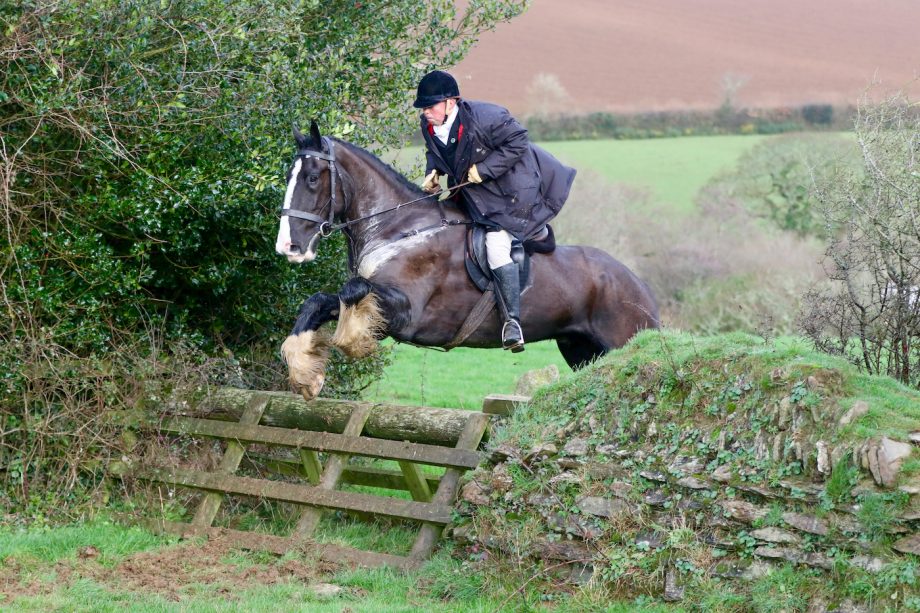Joint-master and huntsman of the South Shropshire Daniel Cherriman on how his new position differs from his previous one at the Pytchley with Woodland
IT was with a tear in my eye that I drove out of the Brixworth kennels, home of the Pytchley with Woodland hounds, for the last time at the end of April. For a decade it was my home and place of work while I was their professional huntsman.
My new role as joint-master and huntsman of the South Shropshire is a very different one, and an exciting new challenge. It is fair to say that Shropshire is a more rural county than Northamptonshire and it has been noticeable while out on my bicycle, getting to know my new hounds, how much quieter the roads are.
The scenery in Shropshire is breathtaking and fills me with joy, as well as anticipation for the coming season.
More responsibilities
FOR those of you who don’t know the difference in roles between that of a professional huntsman and a master and huntsman, let me briefly explain. As a professional you are by definition an employee of the hunt, answerable to the master or joint-masters, and are responsible for both the day-to-day management of the hounds in kennels and their control and direction on the hunting field.
A master and huntsman is usually an amateur or non-professional role. As a master you are responsible for organising the meets and liaising with the necessary farmers, landowners and shoots, as well as overseeing the staff at the kennels. Where the two roles are broadly similar is that you are still the one carrying the horn and directing operations on the hunting field.
The first year at a new hunt in either capacity is a very busy one. There is a whole pack of hounds to learn, firstly by name, but in time layering all the knowledge about each hound’s character on top of that.
In addition there is the country with which to familiarise yourself, as well as meeting and getting to know all the farmers. This is no mean feat and will take up the vast majority of my time until we start hunting.
It can feel an overwhelming task at times but I’ve been very grateful to my joint-masters and experienced locals for offering me maps, lists and information all very useful in building up the overall picture.
For the purposes of learning my way around, I have split the country down into areas, with a map and farmers’ list for each one. It is then a case of driving up and down rural lanes calling in at farms and making introductions, followed up by scribbling in my notebook and marking on the map.
A BIDDABLE PACK
THE hounds have been a joy and it has been lovely peddling around the country lanes getting to know them. I haven’t spent nearly as much time with them as I would if I were a professional and living at kennels 24 hours a day, but we have been very fortunate that our previous kennel-huntsman, Jon Thrift, left such a well-managed and biddable pack.
Last season was very intermittent and frustrating for everyone. One of the few benefits has been that I’ve enjoyed a better and more thorough hand-over from my predecessor, George Renwick, then might always be possible.
I was not only able to come up and have a look through the brood bitches with him, but also to have a drive around the country and get my bearings, all of which were a great head start when I landed in Shropshire on 1 May.
You can also read this exclusive column in the 27 May issue of Horse & Hound magazine.
You might also be interested in…

Meet the hunting farrier who is heading to his third Olympics *H&H Plus*

Smith seizes the moment in thrilling Silver Spur hunt ride *H&H Plus*

‘Heavy horses can do it’: 18hh Shire enjoys hunting and hunter trials with aplomb
“You see people looking and thinking ‘Really?’ but when they see him go, they understand”

Making a difference: how two organisations work hard to raise funds for hunt staff *H&H Plus*

